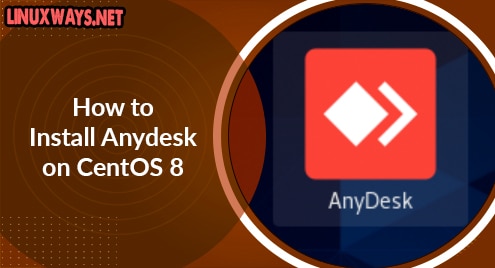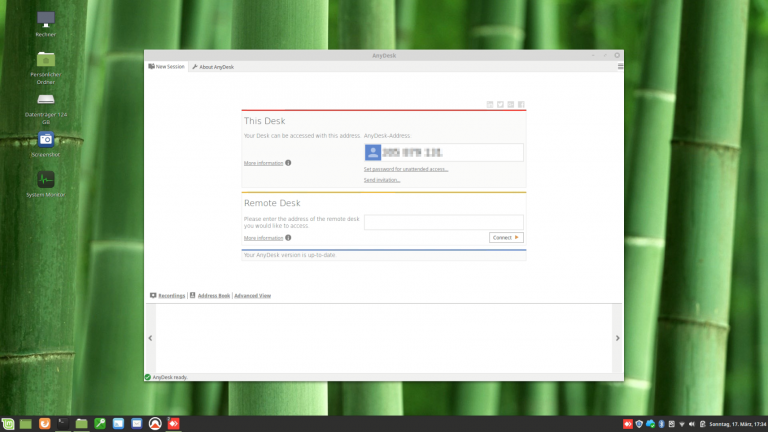
Now the fstab file will open as shown in the screenshot below.ĭon't worry if you cannot exit the editor press Shift+Z+Z. For example, to edit /etc/fstab enter the following command. Or you can just open any Terminal Emulator of your choice and enter the following command nvim This will open a terminal window with Neovim open. To use Neovim after installation is complete, just launch it from the application menu by pressing the super key and typing the name "neovim" without quotes. If you prefer building software from source, follow the steps given on the project's Github page. Lastly, to install the snap package use the below command sudo snap install nvim -classic To install the Flatpak, you can use this command flatpak install flathub io.neovim.nvim If you want to utilize the terminal instead of the GUI, here's what you can do:įor Ubuntu and Debian based distributions, enter the following command to install sudo apt install neovimįor Manjaro and Arch Linux, use the below command to update your system and install Neovim sudo pacman -Syu neovimįor Fedora, use the following command sudo dnf install -y neovim If you look closer in the releases page, there is an Appimage file as well.

However, the deb package version will be an outdated version of Neovim.Īnd, if you do not want the snap version, you can grab the latest deb file from the Github releases page for Neovim. You can select the snap or the deb version as per your preference. To install Neovim on Ubuntu, just click on the Ubuntu Software icon in the dock. We also have a guide to install Vim on Linux, in case you want that.

As Neovim is available in official repos of any distribution you pick. Installing Neovim is simple due to its popularity.


 0 kommentar(er)
0 kommentar(er)
